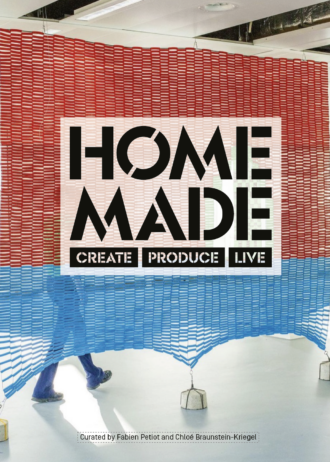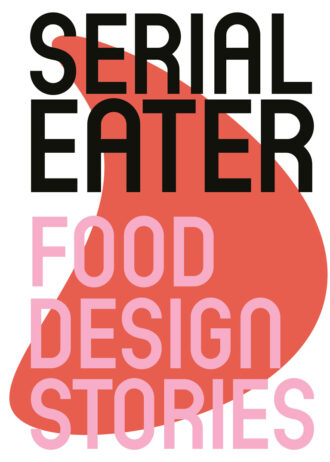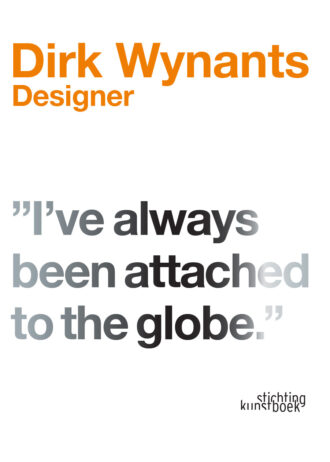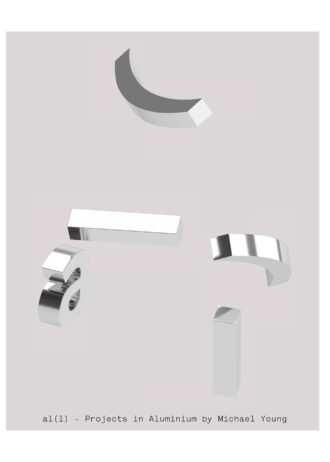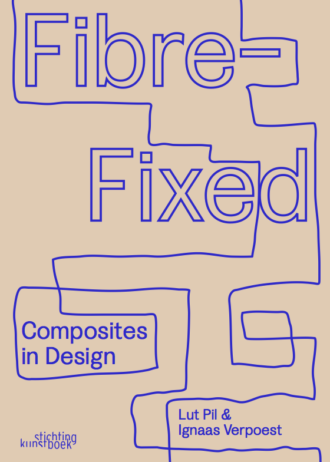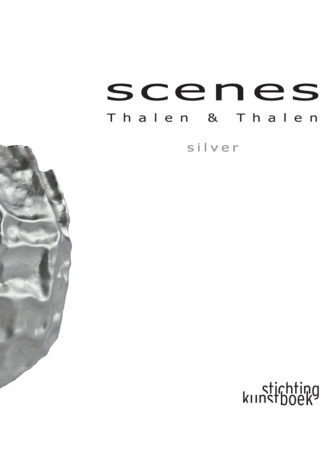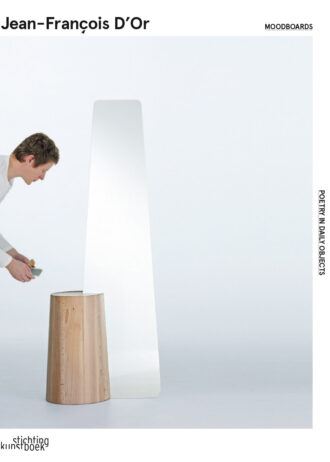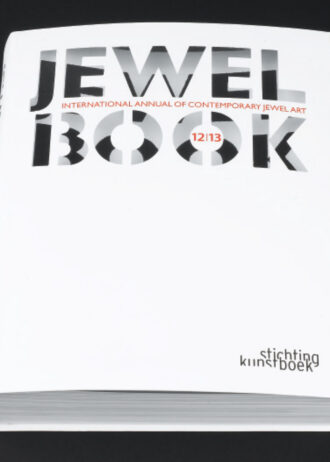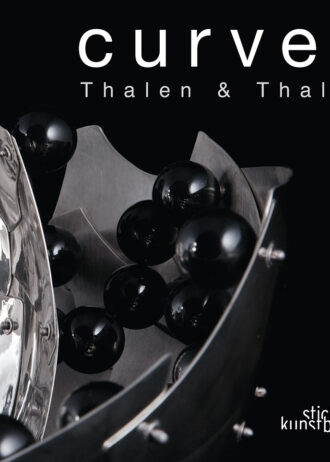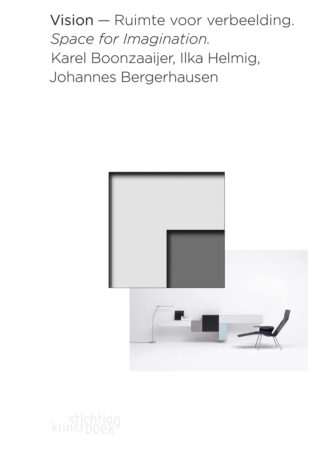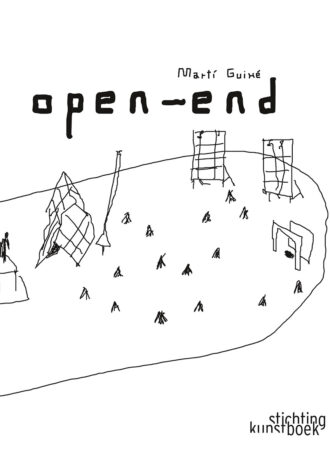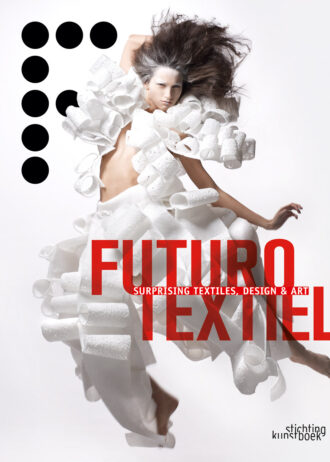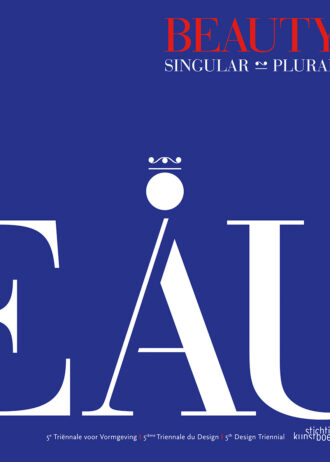HOME MADE. Create, Produce, Live
€29.95What do we make at home?
At a time when working from home has almost become the norm, Home Made – Create, Produce, Live looks at how the professional and the private meet in the heart of the home. Bringing work back into the home is not a trivial matter: environmental issues, communal living, new urbanity and relocated production are all part of the challenge.
This book brings together a history of work that illuminates the present and contemporary designers whose projects reflect on a possible home for tomorrow. While some have utopian and poetic ideas about working from home, others take a more pragmatic approach. But all of them bring us back to questions that are as simple as they are dizzying: what is living? what is working? which are approached in this book from the perspective of a joyful creativity.
24 x 17 cm, soft cover with flaps
144 pages
Also available in French or Dutch edition

